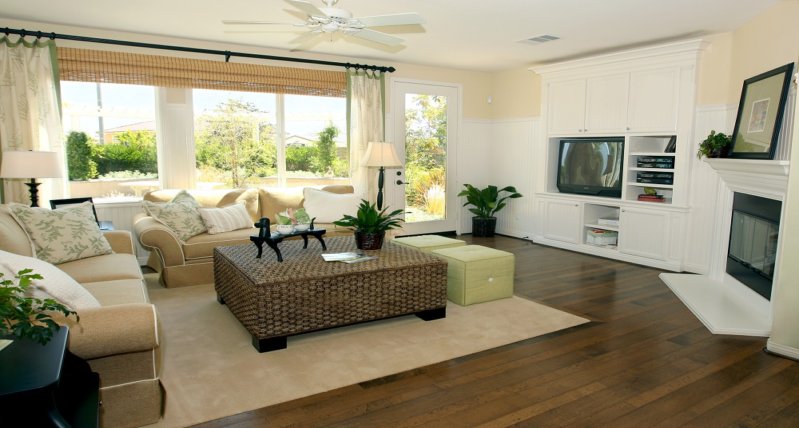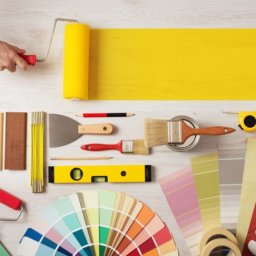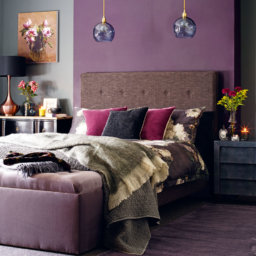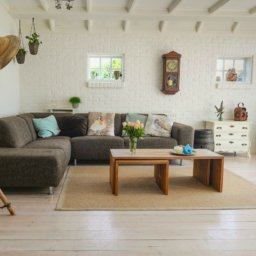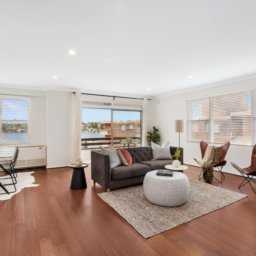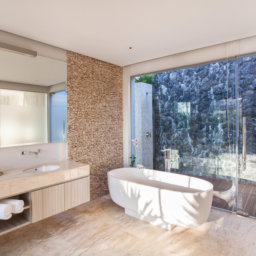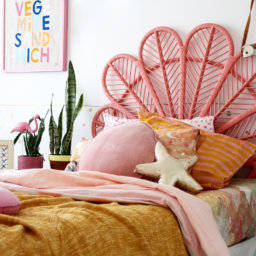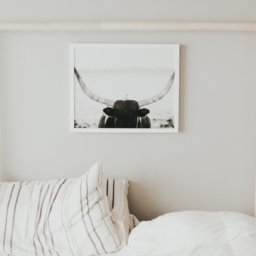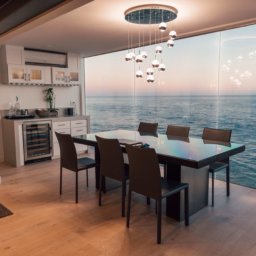Anything under your roof that can add to your interior decor and be as distinct as you are. But that doesn’t mean your style has to stay stagnant. It’s never the wrong time to introduce new decor elements into your home that deliver excitement and an added element of style.
Since there’s no space more intimate—and more reflective of your unique brand of personal style—than your home, it’s a good idea to discover your interior design archetype to help you design and decorate your home.
Not sure how to get started? Don’t fear!
Use the following essential home design techniques and principles to discover your true home design nirvana:
Your unique home decor and design are all about creating a cozy environment that implores a hint of nostalgia—whatever that means to you. From cabin-chic decor that recalls winter getaways past to wallpaper that transports you straight back to your childhood bedroom, the hottest interior trends of the moment offer contemporary takes on comforting classics.
Here are a few more design rules to try out in your space and help get you started:
- Incorporate positive space into every room: And consider your negative space too! An essential component of home design is not just about looking for places where you can place or remove things. It’s about looking for spots that look great even when they’re empty. It’s also about considering the function of the empty spaces between the details and objects.
- Follow the rule of odd numbers: arranging or grouping details and objects in odd numbers make them more appealing, memorable, and effective than even-numbered pairings.
- Find your room’s focal point and decorate around it: Think of the focal point of a room as the room’s anchor. For example, the center point of a living room is where the coffee table or center table will sit, with seating arranged around it.
Eco-friendly literally means earth-friendly or not harmful to the environment. This usually means products that contribute to green living or practices that help conserve resources like water and energy. You can implement eco-friendly home decor and design to promote healthy living for the planet and its inhabitants, big and small. Eco-friendly products also lessen contributions to air, water, and land pollution.
We recommend really taking the time to consider and inquire about WHERE the items, decorations and things you own and use come from, how they’ve been made and what you will do with it when you no longer want or need it (a.k.a. how will you dispose of it or what will you do with it when you no longer need or want it?).
To incorporate some of the principles of eco-friendly home design, you can follow the 5 R’s of sustainable living:
- Refuse (anything you do not really need, packaging, single-use plastics)
- Reduce (your reliance on things, reduce what waste you create)
- Reuse (pretty simple!)
- Recycle (also simple!)
- Rot (compost your food and garden waste)
Living breathing greenery is the finishing touch no tropical-inspired room should go without.
Plain terra cotta pots have their place, but we’re big believers in cultivating a more distinctive kind of container garden. And apparently so are shoppers. The keyword “Planters” are the most-searched item in the outdoor and garden category right now.
Fortunately, a bumper crop of hanging planters, vertical gardens, and pots of all shapes and sizes is available to handle every horticultural need. Picture modern planters in hand-painted concrete, color-blocked stoneware vessels with mix-and-match shades of glaze, and an endless array of options for displaying those ever-popular succulents and almost-unkillable air plants.
Key Takeaway
Beyond these basics, you’ll definitely want to make your home look like your own and make it unique. These guidelines should help you get started, but you could always adjust your decorating according to your own tastes and preferences. Feel free to use any of these rules in your home design journey, but don’t be afraid to break them and go with your instincts if something feels right to you!


